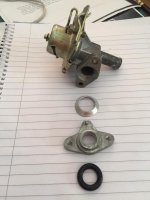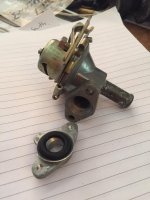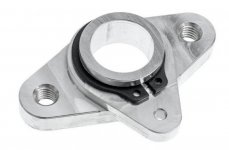Hi all,
A few years ago the heater control valve on my BT7 started to leak. I bought several new parts but never got around to fixing it. Instead I just by-passed the heater.
Now I would like to get the heater back working. The parts diagram only helps so far. I am looking for a bit of detail on how my parts go back together. I have parts 28, 29 and 68 shown in the first figure. Any ideas?
Thanks
Phil


A few years ago the heater control valve on my BT7 started to leak. I bought several new parts but never got around to fixing it. Instead I just by-passed the heater.
Now I would like to get the heater back working. The parts diagram only helps so far. I am looking for a bit of detail on how my parts go back together. I have parts 28, 29 and 68 shown in the first figure. Any ideas?
Thanks
Phil



 Hi Guest!
Hi Guest!

 smilie in place of the real @
smilie in place of the real @
 Pretty Please - add it to our Events forum(s) and add to the calendar! >>
Pretty Please - add it to our Events forum(s) and add to the calendar! >> 


